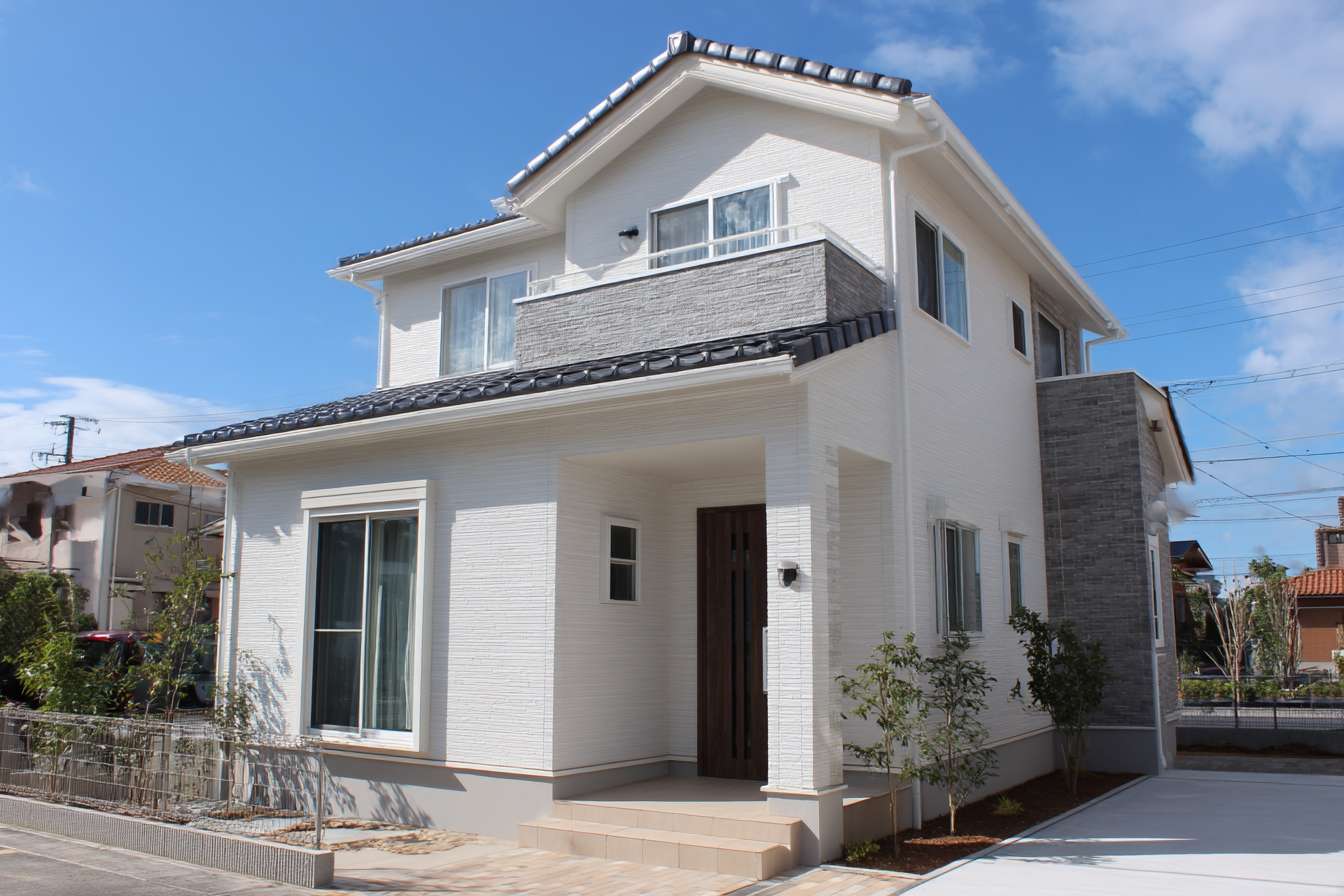Transforming the Industrial Landscape: The Rise of Warehouse Conversions in Real Estate
Introduction: In the ever-evolving world of real estate, one trend is gaining momentum: warehouse conversions. These once-dingy structures are being transformed into chic residential and commercial spaces, appealing to a variety of buyers and investors. This article delves into the history of warehouse conversions, the current market trends, and the potential impact on the real estate landscape.

A Brief History of Warehouse Conversions
The concept of converting warehouses into habitable spaces dates back to the 1960s and 70s in New York City. As manufacturing industries relocated, they left behind large, vacant buildings. Artists and creatives, attracted by the large spaces and affordable rents, began to move in, creating live-work spaces. This marked the birth of the warehouse conversion trend, which continues to thrive today.
Why Warehouse Conversions Are Gaining Popularity
Warehouse conversions offer a unique blend of authenticity and modernity that appeals to a wide range of buyers. The open-plan layouts provide flexibility, while the industrial aesthetic offers an edgy alternative to traditional homes. Moreover, warehouses are often located in prime urban areas, adding to their appeal. As a result, converted warehouses command high prices, making them an attractive investment opportunity.
Financial Insights: The Profit Potential of Warehouse Conversions
Data shows that warehouse conversions often yield substantial profits. According to a study by real estate research firm, CoStar, converted warehouses sell for an average of 60% more per square foot than unconverted properties. This high return on investment is driving more investors to consider warehouse conversions as part of their real estate strategies.
The Challenges of Warehouse Conversions
Despite the potential profits, warehouse conversions come with their own set of challenges. These include complex zoning laws, structural issues, and costly renovations. Investors need to conduct thorough due diligence before undertaking a warehouse conversion project.
Impact on the Real Estate Market
Warehouse conversions are reshaping the real estate market in several ways. They are revitalizing neglected industrial areas, adding value to surrounding properties, and diversifying the housing market. However, their impact extends beyond real estate. By repurposing old buildings, warehouse conversions contribute to sustainable development and preserve architectural heritage.
Warehouse conversions offer a unique opportunity in the real estate sector, blending history with modern living. For savvy investors, they provide a chance to generate substantial profits while contributing to urban renewal. However, like all investment opportunities, they come with risks. A well-informed approach is essential to navigate the complex world of warehouse conversions successfully.




